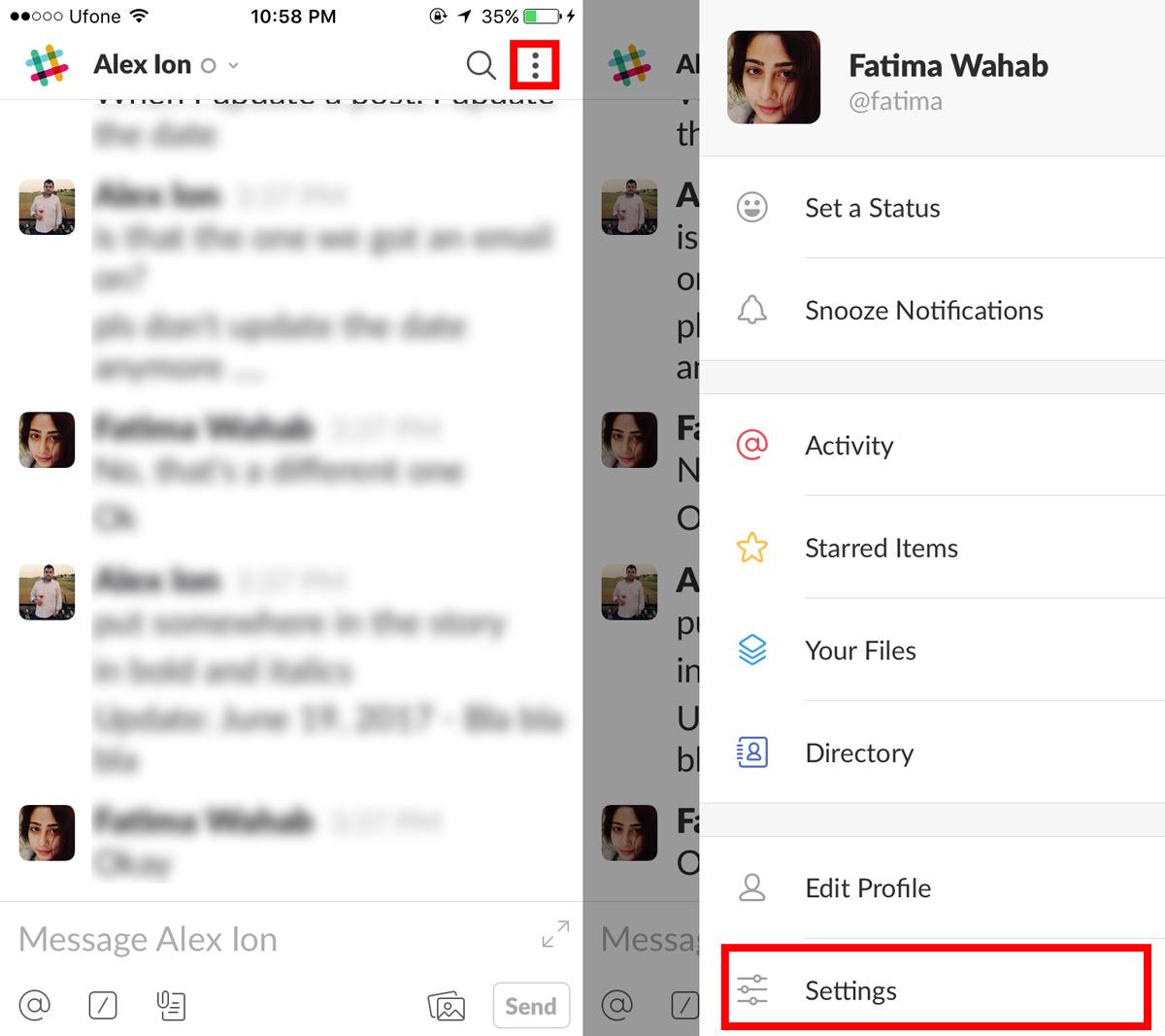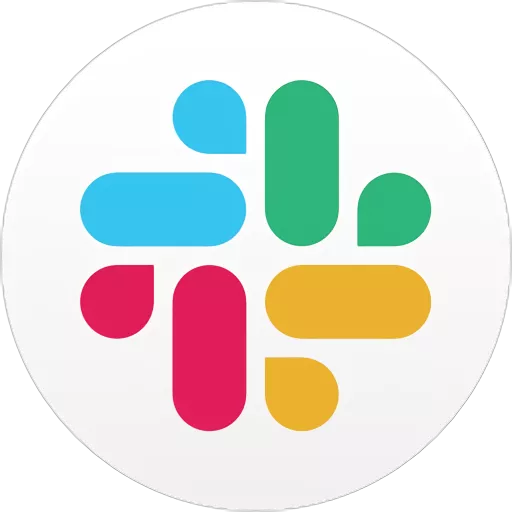

Microsoft appears set on making Teams the communications platform for everyone, but that doesn’t necessarily mean Slack will be crushed. This is partly due to Microsoft marketing Teams as a catch-all solution for people and organisations affected by COVID-19.īutterfield has also accused Microsoft of “fudging the numbers” by saying a Teams user is active simply for having the app open or using it for less than 10 minutes per day. While Slack has grown steadily in daily active users (DAUs), from six million when Teams launched to 12 million in 2020, Microsoft Teams has surged ahead, currently at 75 million DAUs.

Butterfield has said Microsoft is “unhealthily preoccupied with killing ” and recently filed an anti-trust lawsuit, due to Microsoft use of the Office 365 platform to accelerate Teams adoption. The future looked great for Slack, and then Microsoft announced Teams.įor the past three years, Slack and Microsoft have gone back and forth at each other, with most of the barbs coming from Slack. There are over 2,000 apps and 750 bots on the Slack App Directory. Some have built an app inside Slack, allowing users to stay on the platform, while others simply inform users of any changes or updates to files. Managers could track employee time off, send surveys, receive and forward emails, and talk to clients through the app.īusiness tools, such as Google Drive, GitHub, Asana, Zapier and Salesforce, are all integrated into Slack as well. The use of bots made it easier for managers to relocate most of their operations to Slack. In 2016, Slack debuted a flurry of new features to push it beyond the competition, including an app and bot ecosystem. Slack’s first few years were led by the app’s user experience, which was easier and modern compared to Hipchat or Campfire, the two other notable online chat tools used at the time. Slack reached unicorn startup status in 2014, and its value almost trebled the next year when it was valued at $2.8 billion. It grew at a rate of five to 10 percent a week in the first year. Slack had to stagger the launch, as it added more server capacity to meet demand.Īs Slack added more organisations, word of mouth accelerated demand, as many media organisations were the first to use the app and wrote positive reviews of it. It was an instant success, receiving 8,000 requests in the first day and 15,000 by the second week.


Get the ROX guide nowĪfter a year of privately testing the app, Slack launched publicly in February 2014. Everything you need to know about Return On ExperienceĪppsflyer's latest guide to Return on Experience will help you make the most of your customers’ journey, keeping it seamless and coherent.


 0 kommentar(er)
0 kommentar(er)
